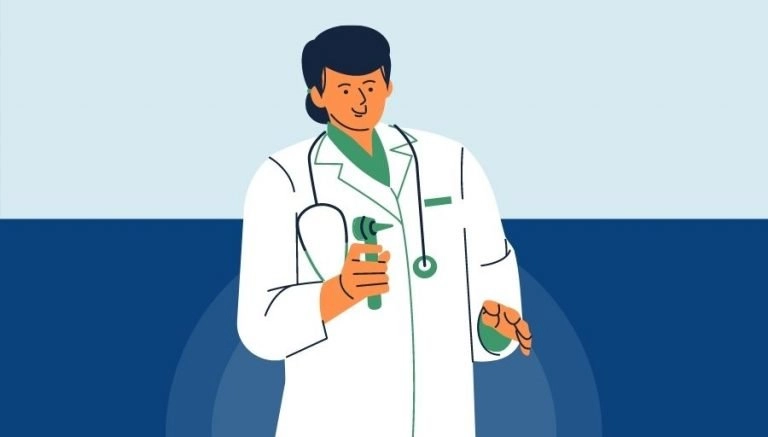How To Use CPT Code 43327
CPT 43327 describes a surgical procedure known as esophagogastric fundoplasty, which involves the partial or complete wrapping of the upper part of the stomach around the lower esophagus. This article will provide an overview of CPT code 43327, including its official description, the procedure itself, qualifying circumstances, appropriate usage, documentation requirements, billing guidelines, historical information, and similar codes.
1. What is CPT Code 43327?
CPT 43327 is a code used to describe a surgical procedure called esophagogastric fundoplasty. This procedure involves wrapping the upper part of the stomach around the lower esophagus to treat gastroesophageal reflux. It is performed through an abdominal incision and can be either partial or complete, depending on the specific needs of the patient.
2. Official Description
The official description of CPT code 43327 is: ‘Esophagogastric fundoplasty partial or complete; laparotomy.’ This code specifically refers to the surgical procedure of wrapping the upper part of the stomach around the lower esophagus through an abdominal incision. It is important to note that this procedure is performed to treat gastroesophageal reflux.
3. Procedure
- The surgeon begins by making an incision in the abdomen, typically in the middle of the flank.
- After the incision is made, the surgeon mobilizes the liver to visualize the hiatus, which is the opening where the esophagus passes through the diaphragm.
- Any adhesions are removed, and if necessary, the surgeon repositions the stomach and gastroesophageal (GE) junction in the abdomen.
- To dilate the passage, the surgeon may pass an esophageal cone-shaped tube or bougie into the GE junction.
- The posterior wall of the body of the stomach is then brought through the opening behind the esophagus to secure that part of the stomach at the right side of the esophagus.
- Using sutures, the surgeon attaches the upper portion of the body of the stomach (fundus) over the uppermost part of the GE junction, creating a wrap either partially or completely around the bottom few centimeters of the esophagus.
- Once the wrap is in place, the esophageal bougie, if used, is removed, and the surgeon achieves hemostasis.
- The surgical area is washed out with an antibiotic solution, the sutures are tied, and the laparotomy incision is closed.
4. Qualifying circumstances
CPT code 43327 is used for patients who require esophagogastric fundoplasty to treat gastroesophageal reflux. The procedure is performed through an abdominal incision, and it can be either partial or complete, depending on the specific needs of the patient. It is important to note that this procedure is typically performed by a surgeon.
5. When to use CPT code 43327
CPT code 43327 should be used when a surgeon performs esophagogastric fundoplasty through an abdominal incision. This code is specifically for the laparotomy approach. It is important to ensure that the procedure is performed to treat gastroesophageal reflux and that the specific requirements of the code are met.
6. Documentation requirements
To support a claim for CPT code 43327, the surgeon must document the following information:
- Patient’s diagnosis indicating the need for esophagogastric fundoplasty
- Details of the procedure, including whether it was partial or complete
- Location and size of the incision
- Any additional procedures performed during the surgery
- Any complications or unexpected findings
- Post-operative care instructions
- Signature of the surgeon performing the procedure
7. Billing guidelines
When billing for CPT code 43327, it is important to ensure that the procedure meets the specific requirements outlined in the code description. The surgeon should use the laparotomy approach and document all necessary information to support the claim. It is also important to follow any additional billing guidelines provided by the payer or relevant coding guidelines.
8. Historical information
CPT code 43327 was added to the Current Procedural Terminology system on January 1, 2011. It was later added to the Inpatient Only (IPO) list for Medicare in 2017. There have been no further updates or changes to the code since its addition.
9. Examples
- A patient with severe gastroesophageal reflux undergoes esophagogastric fundoplasty to alleviate their symptoms and improve their quality of life.
- A surgeon performs a laparotomy and wraps the upper part of the stomach around the lower esophagus to treat a patient with chronic gastroesophageal reflux disease.
- An individual with a history of gastroesophageal reflux undergoes a partial fundoplasty through an abdominal incision to address their symptoms.
- A surgeon performs a complete fundoplasty on a patient with severe gastroesophageal reflux, providing long-term relief from their symptoms.
- A laparotomy is performed to wrap the upper part of the stomach around the lower esophagus, effectively treating a patient’s gastroesophageal reflux and improving their overall health.


